
For the same meeting I mentioned in my post about St Dominic's Mysteries of the Rosary, we had Low Mass celebrated for us in the chapel of the Coronation of Our Lady, in the traditional Dominican Rite. The Celebrant was Fr Gregory Pearson OP.

The Dominican Rite is different in certain interesting ways from the Roman Rite, and preserves some of the features of ancient 'Gallican' rites, including the medieval rites of England, of which the chief was the Sarum Rite. I don't know enough about it to go into all the details, but one striking thing is the preparation of the Chalice (pouring wine and water into it) at the very beginning: Fr Pearson hasn't even taken down his hood yet, or said the Prayers at the Foot of the Altar. (This is Low Mass; in High Mass the Chalice is prepared later, but still not when it is done in the Roman Rite.)
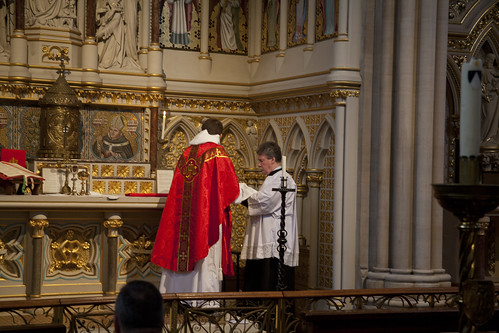
The prayers at the Foot of the Altar don't include the Psalm Judica, which makes them rather short. The Dominicans have their own version of the Confiteor as well.
This, below, is my favourite gesture, not found in the Roman Rite. You have to be quick, it is soon after the Consecration and doesn't last long.

Here is another gesture not found in the Roman Rite - at least, I don't think so. Palms forward, not towards each other. 'Dominus vobiscum': it happens more than once.
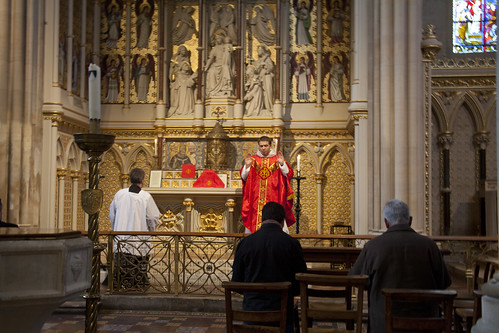
Compare Fr Edward van der Burgh, celebrating the Roman Rite. At the same point:
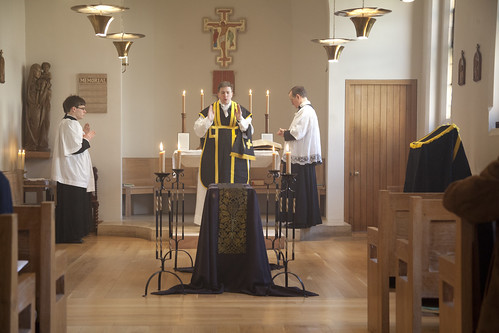
Something I can't even capture with a still camera is a distinct way of making the sign of the cross at the Gospel.
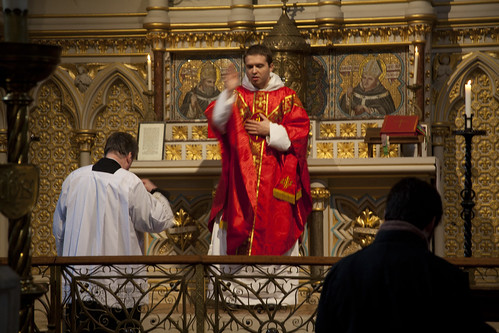
This is part of the wonderful liturgical pluralism of the Church's Tradition. At the even of the Council many parishes in England were run by Dominicans, all of which enjoyed this distinctive form of the Church's liturgy; the Norbertines also used their own Rite in their parishes, and the Carthusian Rite was used in their houses (and a reformed version still is). Again, there are English customs which differ from German, Italian, French or Spanish ones, sometimes these were significant enough to have special provision in liturgical law. For example, we have a distinct formula for the handing over of gold and silver by the groom to the bride at the Marriage Service. (What? you say. Yup, the whole thing has disappeared in the Ordinary Form.) The tradition is not about uniformity, but about, well, tradition. Those things handed on to us, which are good, which have been done by countless generations in organic continuity with us, they should be preserved and handed on to our children. That is fidelity to tradition, as opposed to fidelity to a centralised rule-book.
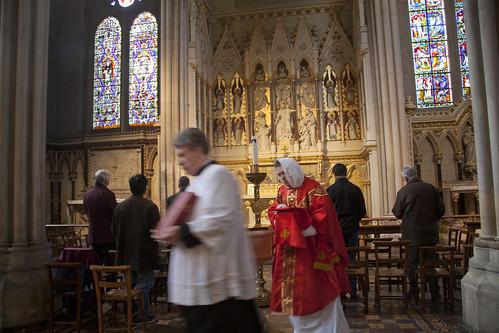
No comments:
Post a Comment